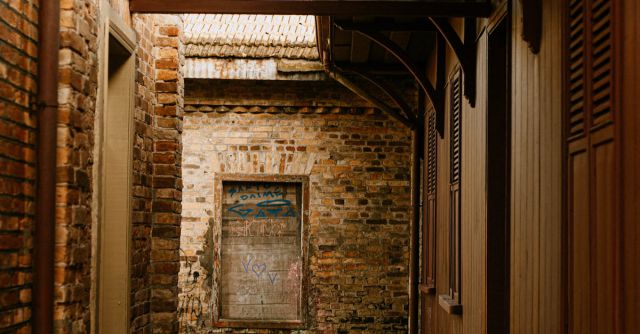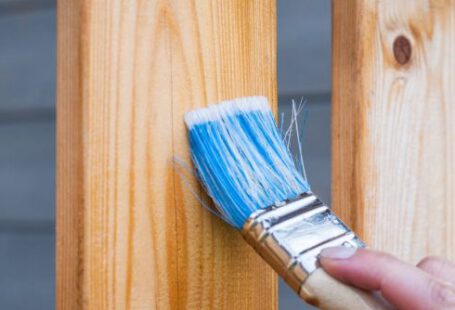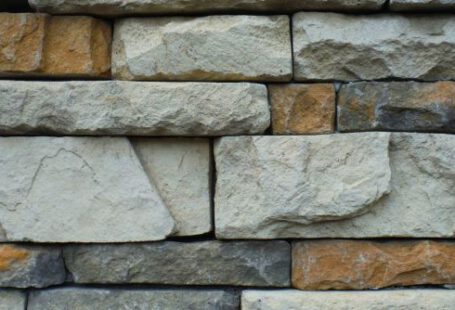Concrete and masonry cutting blades are powerful tools that can help in many construction projects. They are extremely versatile and can be used for a wide range of tasks, from cutting through hard materials to grinding and polishing surfaces. Concrete and masonry cutting blades typically consist of a diamond-coated steel blade and are designed to cut through a variety of materials, including brick, concrete, stone, and asphalt. In this article, we will take a look at the types of concrete and masonry cutting blades available, how to use them, and the safety considerations that should be taken when using them.
Types of Concrete and Masonry Cutting Blades
The type of concrete and masonry cutting blade that you will need depends on the material you are cutting and the job you are doing. There are several types of blades available, including diamond-tipped blades, abrasive blades, and diamond-coated blades.
Diamond-tipped blades are the most common type of blade used for cutting concrete and masonry. They are designed to cut through hard materials such as brick, concrete, stone, and asphalt. Diamond-tipped blades are usually formed from a steel base with a layer of diamond particles bonded to the blade. The diamond particles provide extra strength and durability, allowing the blade to cut through hard materials with ease.
Abrasive blades are used for grinding and polishing surfaces. They are typically made from a combination of steel and abrasive materials, such as silicon carbide or aluminum oxide. These blades can be used for a variety of jobs, such as grinding concrete, smoothing surfaces, and polishing stone.
Diamond-coated blades are a type of blade that has a layer of diamond particles bonded to the steel base. These blades are designed to cut through hard materials, such as brick, concrete, stone, and asphalt. They are usually more expensive than other types of blades and are more durable, which makes them a great choice for those who need a blade that can handle tough materials.
How to Use Concrete and Masonry Cutting Blades
When using concrete and masonry cutting blades, there are a few things to keep in mind. First, make sure that you use the right blade for the job. Depending on the material you are cutting, you may need a different type of blade.
It is also important to make sure that you use the correct safety gear when using concrete and masonry cutting blades. This includes safety glasses and hearing protection. Additionally, you should wear a dust mask and gloves to protect yourself from any debris that may be created during the process.
Once you have the right blade and safety gear, you can begin cutting. Make sure to follow the manufacturer’s instructions for the best results. You should also keep in mind that the process can be dangerous, and you should never attempt to cut any material without the proper training and experience.
Safety Considerations
When using concrete and masonry cutting blades, safety is always a priority. It is important to understand the potential risks that can be associated with these tools and to take appropriate precautions.
First, always make sure that you use the right blade for the job. Using the wrong blade can cause the blade to break or damage the material you are cutting.
It is also important to make sure that you use the correct safety gear, including safety glasses and hearing protection. Additionally, you should wear a dust mask and gloves to protect yourself from any debris that may be created during the process.
Finally, you should never attempt to cut any material without the proper training and experience. It is important to understand the potential risks associated with using these tools and to take appropriate precautions when using them.
Conclusion
Concrete and masonry cutting blades are powerful tools that can help in many construction projects. There are several types of blades available, including diamond-tipped blades, abrasive blades, and diamond-coated blades. It is important to understand the different types of blades and to use the right one for the job. Additionally, it is important to use the correct safety gear and to understand the potential risks associated with using these tools. By taking the proper safety precautions, you can ensure that you are using concrete and masonry cutting blades safely and effectively.






